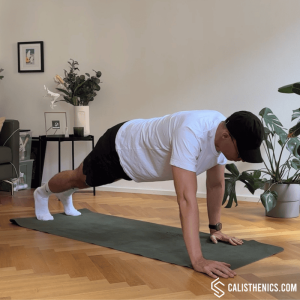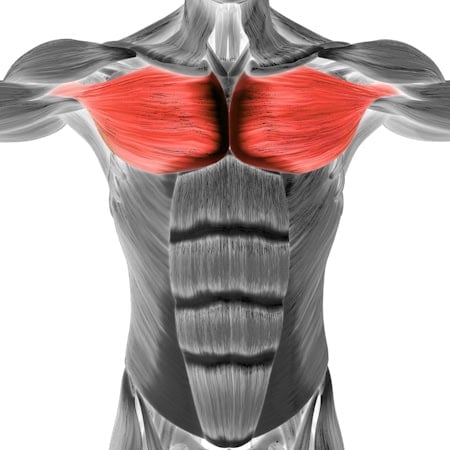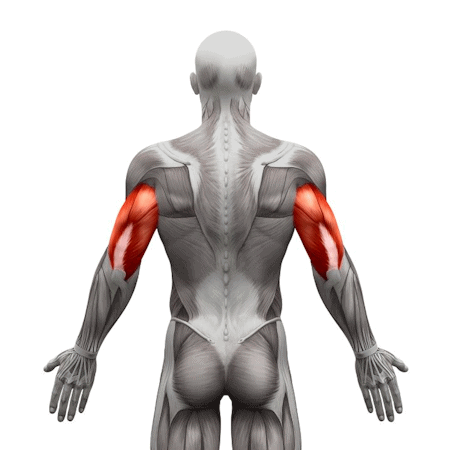Staggered Push-ups
How to do Staggered Push-ups?
Staggered push-ups are a variation of the traditional push-up where one hand is positioned higher than the other, creating an uneven load distribution. This variation increases the intensity on one side of the chest, shoulder, and triceps while engaging the core for added stability. The staggered hand placement challenges both strength and coordination, offering a unique way to target different muscle groups more effectively.
Steps to Perform a Proper Staggered Push-up
1. Hand Placement:
• Begin in a high plank position with your body in a straight line from head to heels. Place one hand slightly ahead of your shoulder (about 6-12 inches forward), and the other hand slightly behind your shoulder. This staggered hand position creates an uneven push-up stance.
• Engage your core and glutes to maintain body alignment.
2. Body Alignment:
• Keep your feet together or hip-width apart, depending on your balance preference. Make sure your body remains in a straight line throughout the movement.
3. Lower Your Body:
• Inhale as you bend your elbows and lower your chest toward the ground. Your elbows should stay close to your body or at a slight angle, depending on comfort. The hand positioned closer to your head will emphasize the shoulder more, while the lower hand will engage the chest and triceps more intensely.
• Lower yourself until your chest is just above the floor or as far as your flexibility allows.
4. Push Back Up:
• Exhale and push through both hands to straighten your arms, lifting your body back to the starting position. Maintain control, ensuring your core remains engaged.
5. Switch Hand Positions:
• After completing the desired number of repetitions on one side, switch hand positions and repeat the same number of reps on the opposite side.
Benefits of Staggered Push-ups
• Uneven Muscle Engagement: The staggered hand position increases the load on one side of the body, targeting the chest, shoulders, and triceps differently than traditional push-ups. This can help correct muscle imbalances and improve overall strength.
• Improves Core Stability: Staggered push-ups engage the core muscles to maintain balance and alignment, helping to improve core strength and stability.
• Enhances Shoulder Mobility: The forward and backward hand positioning promotes greater shoulder mobility and flexibility while strengthening the shoulder muscles.
• Builds Functional Strength: Staggered push-ups mimic real-life movements where both sides of the body are often engaged unevenly, helping to build functional strength for daily activities and sports.
• Boosts Coordination and Balance: The uneven hand placement challenges coordination and balance, improving overall body control.
• Versatile Exercise: Staggered push-ups can be easily adjusted for different fitness levels, making them a versatile and effective exercise for building upper body strength.
• Increases Muscle Endurance: By incorporating a unique hand position and challenging your muscles differently, staggered push-ups help improve upper body endurance over time.
Tips for the proper execution of Staggered Push-ups
Hand Placement: Start with a moderate stagger, around 6-12 inches, and adjust based on comfort and strength. The further apart your hands are, the more challenging the movement becomes.
Elbow Positioning: Keep your elbows close to your body to protect your shoulders and engage your triceps more effectively.
Controlled Movements: Lower yourself slowly and with control to ensure that the muscles are properly engaged. Avoid rushing through the reps.
Core Engagement: Keep your core tight throughout the movement to stabilize your body and prevent any twisting or sagging of the hips.
Breathing: Inhale as you lower your body, and exhale as you push back up to maintain power and stability.
Muscles worked when doing Staggered Push-ups
Primary Muscles:
•Chest: Pectoralis major and minor (the uneven hand position places more focus on one side of the chest)
•Shoulders: Anterior deltoids (with the higher hand engaging more of the shoulder)
•Triceps: Triceps brachii (back of the arms)
Secondary Muscles:
•Core: Abdominals and obliques (for stabilization and balance)
•Lower Back: Erector spinae (to maintain spinal stability)
•Forearms and Wrists: Stabilized throughout the movement, especially on the side with the higher hand
•Legs: Quadriceps and glutes (engaged to maintain body alignment)
Primary Muscle(s):
Secondary Muscle(s):
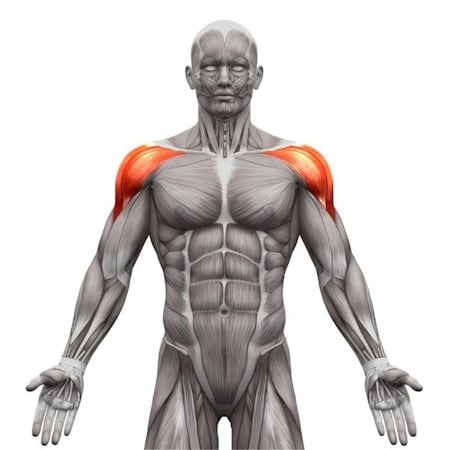
Anterior delt
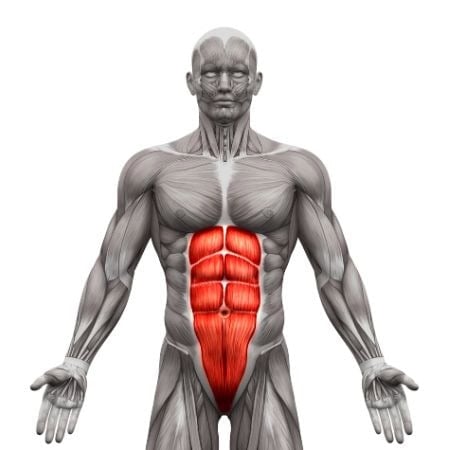
Abdominal
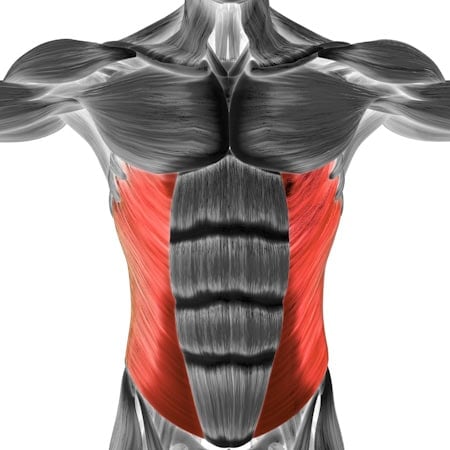
Oblique
Equipment needed for Staggered Push-ups
No equipment needed for this exercise.
Adjust the difficulty of Staggered Push-ups
How to make Staggered Push-ups harder?
How to make Staggered Push-ups easier?
How to make Staggered Push-ups harder?
To make Staggered Push-ups harder:
-
Increase Hand Stagger: Widen the gap between your hands, moving the higher hand further forward and the lower hand further back to increase the difficulty and intensity of the movement.
-
Elevate Your Feet: Place your feet on a raised surface (such as a bench or step) to shift more body weight onto your upper body, increasing the difficulty.
-
Add Resistance: Wear a weighted vest or place a small weight plate on your upper back to increase the resistance and make the push-up more challenging.
How to make Staggered Push-ups easier?
To make Staggered Push-ups easier:
-
Perform Staggered Knee Push-ups: Start with your knees on the floor to reduce the load on your upper body. This allows you to practice the staggered push-up with less intensity while focusing on form and balance.
-
Reduce Hand Stagger: Shorten the distance between your hands, starting with a smaller stagger and gradually increasing the distance as you build strength.
-
Use an Incline: Perform staggered push-ups with your hands on an elevated surface (such as a bench or step) to reduce the intensity while still practicing the staggered movement.

